Nicotinamide adenine dinucleotide (NAD) is an essential cofactor found in all living cells, essential for energy production. To get a tad more technical, it’s found in two forms, oxidized and reduced, abbreviated as NAD+ and NADH. Without getting overly technical, NAD is an essential molecule for cellular energy production and function, healthy youthful cells have high levels, older cells, not so much. What else is new? That is, with aging, comes a reduction in all manner of essential pathways and molecules, and enzyme, etc. cells require to function optimally, and NAD appears to be one of the most important
Unless you have been living under the proverbial rock, you know NAD is a hot topic these days. The ratio of reduced to oxidized NAD appears to be a crucial factor to the function of NAD, and from here on, we’re concerned with NAD+ and how to elevate it in cells. As every cell in your body requires energy, low levels of NAD+ are associated with a wide range of pathology, from cognitive deterioration, and related brain diseases, to cardiovascular function, to DNA repair, and a long list of age related declining cellular function best avoided. For a lengthy discussion, an article via the Life Extension covers that HERE. Basic summary is, it appears maintaining cellular NAD+ levels is a broad spectrum approach to maintaining health and well-being and possibly avoiding various Degenerative Diseases of aging. A detailed discussion on NAD and its importance and impact to cellular health etc is well beyond the scope of this article. Here’s segment from an article in Scientific American that will help:
“Mitochondria are our cells’ energy dynamos. Descended from bacteria that colonized other cells about 2 billion years, they get flaky as we age. A prominent theory of aging holds that decaying of mitochondria is a key driver of aging. While it’s not clear why our mitochondria fade as we age, evidence suggests that it leads to everything from heart failure to neurodegeneration, as well as the complete absence of zipping around the supper table.
Recent research suggests it may be possible to reverse mitochondrial decay with dietary supplements that increase cellular levels of a molecule called NAD (nicotinamide adenine dinucleotide). But caution is due: While there’s promising test-tube data and animal research regarding NAD boosters, no human clinical results on them have been published.
NAD is a linchpin of energy metabolism, among other roles, and its diminishing level with age has been implicated in mitochondrial deterioration. Supplements containing nicotinamide riboside, or NR, a precursor to NAD that’s found in trace amounts in milk, might be able to boost NAD levels.”
How To Raise NAD+ Levels.
Suffice it to say, currently, there’s a big push in drug development looking at ways to positively impact NAD+ levels. There are currently two ways to effectively increase NAD+ levels, via supplementation of nicotinamide riboside (NR) or NAD+ infusions. Both NAD+ infusions and the use of NR supplements have become popular with anti-aging enthusiasts looking to combat, and perhaps slow down, cellular aging.
However, while the animal and in vitro data has been very promising, there’s a lack of human data showing beneficial outcomes raising NAD+ levels using the NR supplement at this time. Recent human clinical trials did find NR supplements raise NAD+ metabolism so at least proof of concept, that NR (500 mg, 2×/day) increases NAD+ levels in humans, does exist. This study also found a statistically significant drop in blood pressure.
Some have taken is a step further by doing NAD+ infusions and more anti-aging clinics are now offering it. Some feel the best strategy may be to increase tissue NAD+ levels via several infusions, then maintain levels using a NR supplement. “On paper” that makes some sense, but data examining that strategy has not been performed. I decided it was time to try an NAD+ infusion for myself at Life Gaines Medical and Aesthetics Center in Boca Raton FL and here’s the vid with Tonya Scholz from that experience that we live streamed on FB. PS, no one has called me their “BFF” before… 😉
See vid of yours truly getting an NAD+ infusion with more info on NAD go: HERE
Conclusion.
While more human data is clearly needed, elevating NAD+ via NR supplements and or infusions looks very promising, and it’s an intensive area of research and drug development as we speak. I suspect a bunch of human clinical trials will be published in the near future to give us the answers we seek answering the questions that still need answering. Meanwhile, many are using NR supplements, along with some associated nutrients that may also assist in NAD metabolism, and well as trying the infusions. Subjectively, people do report more noticeable effects from the infusions, the common comments seem to be better mood, better sleep, and reduced interest in alcohol. Interestingly, NAD+ infusions have been used for alcohol detox and reduction of cravings for decades. Again, not much in the way of published data, but clinical experience has been positive. Most medical professionals with clinical experience with NAD infusions tend to recommend 3-5 infusions using 300mg-500mg per infusion depending on the person, which may factor in age, health, etc. I have only done the one, but will probably get three total as recommended for generally healthy people.
A note on Life Gaines Clinic: This is a new clinic that is extensive and impressive and offers a wide range of services pertaining to anti-aging/wellness/longevity. It would behoove anyone in the region, if not out of state, to consider a visit to that clinic owned by Dr. Richard Gaines, and his excellent staff.
Note on NR: People say to me “I’m taking NAD supplements” when they’re not. Some of that may come from companies selling NR as “NAD supplements” and such, but it’s not NAD. While NR appears to be effective for increasing NAD+ levels, they are not interchangeable terms.
Will Brink is the owner of the Brinkzone Blog. Will has over 30 years experience as a respected author, columnist and consultant, to the supplement, fitness, bodybuilding, and weight loss industry and has been extensively published. Will graduated from Harvard University with a concentration in the natural sciences, and is a consultant to major supplement, dairy, and pharmaceutical companies.
His often ground breaking articles can be found in publications such as Lets Live, Muscle Media 2000, MuscleMag International, The Life Extension Magazine, Muscle n Fitness, Inside Karate, Exercise For Men Only, Body International, Power, Oxygen, Penthouse, Women’s World and The Townsend Letter For Doctors.
He’s also been published in peer reviewed journals.
Will is the author of the popular e-books, both accompanied by private members forum access , Bodybuilding Revealed & Fat Loss Revealed.
You can also buy Will’s other books on Amazon, Apple iBook, and Barnes and Noble.

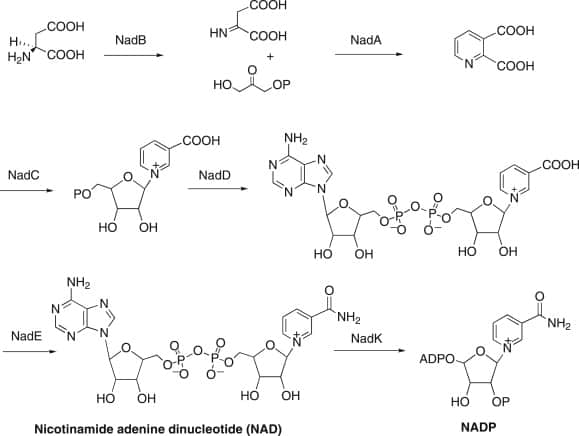
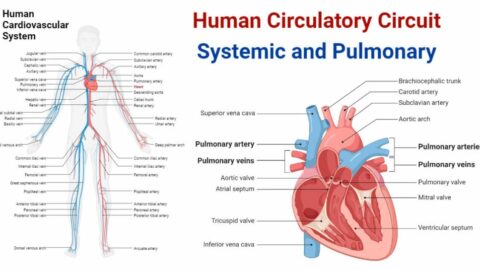
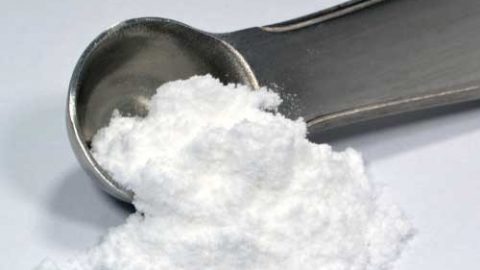
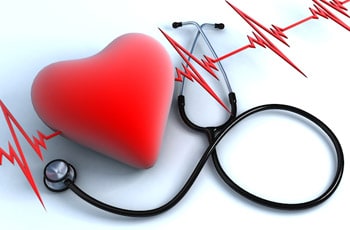
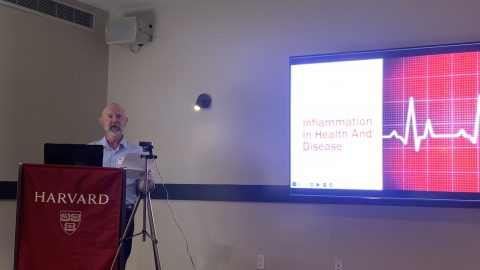

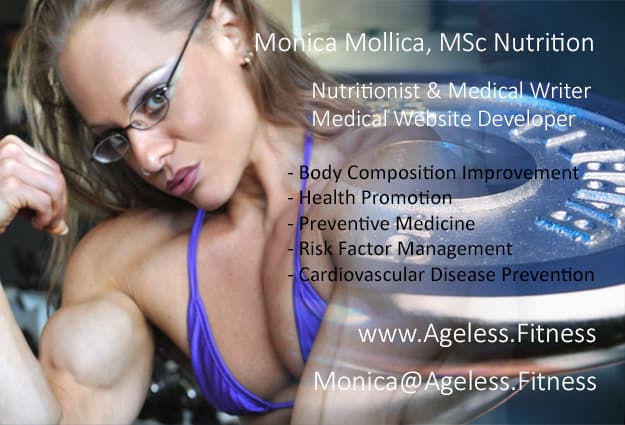


Will are there any brands you recommend for NR supplements to try?
Thanks
Life Extension (first link in the article) generally a trusted source.
Can’t go wrong with Life Extension Foundation as a rule
I have requested from TruNiagen, their product nicotinamide riboside (NR), references to studies indicating TruNiagen, nicotinamide riboside (NR), enhances NAD+ levels in mitochondria matrix for the Citric acid cycle and Electron Transport Chain for ATP synthase to produce adenosine triphosphate (ATP). The studies I have read indicate increased blood levels, which do not prove the product is active in the matrix of the mitochondria. The mitochondria question was raised by Dr.Peter Attia, a Canadian-American physician, founder of Attia Medical, PC, a medical practice with offices in San Diego and New York City, focusing on the applied science of longevity.
If one looks at the pathways of production of NAD+, NR is rate limiting and will be used to produce NAD in tissues. It’s likely superior to NAD+ for that reason.
I have been using NAD + for my 2 kids who has muscular dystrophy and see remarkable improvements .. CPK has gone low .. there walk better
Ate you using NR or NAD? They’re not one and the same…
I have been supplementing nicotinamide riboside (NR) using the product TRUniagen. I was not should if the NAD+ from the NR was entering the mitochondria matrix to be reduced in the Krebs cycle is then transferring its electron to the electron transport chain (ETC) for producing adenosine triphosphate (ATP). I send an email to Dr. Charles Brenner, the discover, of NR regarding that question. The following was his response.
Dear Mr. Bruton,
Yes this is very well known. This is from Matthias Ziegler’s lab
https://www.ncbi.nlm.nih.gov/pubmed/21504897
This is from the Goodman lab
https://www.ncbi.nlm.nih.gov/pubmed/27313049
Both of those papers plus all of our papers show that NR elevates NAD in multiple tissues and multiple compartments.
Those articles are over my head.
Some good info there, thanx! Research is ongoing in that area.